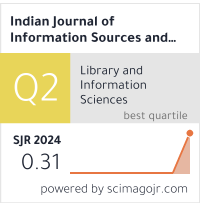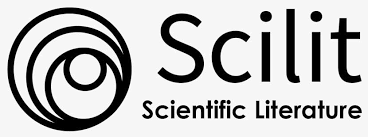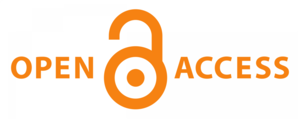Innovative Best Practices of Academic Libraries for Visually Challenged Users
DOI:
https://doi.org/10.51983/ijiss.2019.9.S1.563Keywords:
Best Practices, Academic Libraries, Visually Challenged UsersAbstract
This article extrapolate Innovative Best Practices for accessible libraries. Many Academic Libraries striving to provide accessible resources to students with Visual Impairment. Librarians have taken measures to satisfy the needs of the Visually Challenged library users. But the library staff are not satisfied with their services rendered to the special students. Best innovative practices described in this paper may help the Library Staff to reach the fullest satisfaction of the visually impaired students of Academic Institutions. The guidelines and suggestions are to be implemented to treat the students with disabilities especially the Visually Challenged library users in an academic environment are also described.
References
Samson, S. (2011). Best practices for serving students with disabilities. Reference Services, 29(2), 260–277.
Mutula, S., & Majinge, R. M. (2016). Information behavior of students living with visual impairments in university libraries: A review of related literature. The Journal of Academic Librarianship, 42(5), 522-528.
Liebst, A., & Feinmark, D. (2016). Tools of academic library assessment: The user survey, 56(6).
Chigbu, E. D. (2017). Information literacy skills required by blind and visually impaired students for effective information access in the University of Nigeria, Nsukka.
Banks, M. (2017). Library websites for all: Improving the experience for patrons with visual impairments. American Libraries, 48(6).
Sahib, N. G., et al. (2012). A comparative analysis of the information-seeking behavior of visually impaired and sighted searchers. Journal of the American Society for Information Science and Technology, 63(2), 377-391.
Shimomura, Y., et al. (2010). Accessibility of audio and tactile interfaces for young blind people performing everyday tasks. Universal Access in the Information Society, 9(4), 297–310.
Social Welfare Department, Delhi Government. (n.d.). Retrieved from www.socialwelfare.delhigovt.nic.in/disabilityact.html
Learning Ally. (n.d.). Why audiobooks. Retrieved from www.learningally.org/About-us/why-Audiobooks
International Federation of Library Associations and Institutions (IFLA). (n.d.). Retrieved from www.ifla.org.
Downloads
Published
How to Cite
Issue
Section
License
Copyright (c) 2019 The Research Publication

This work is licensed under a Creative Commons Attribution-NonCommercial-NoDerivatives 4.0 International License.









